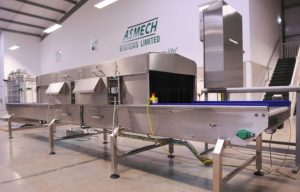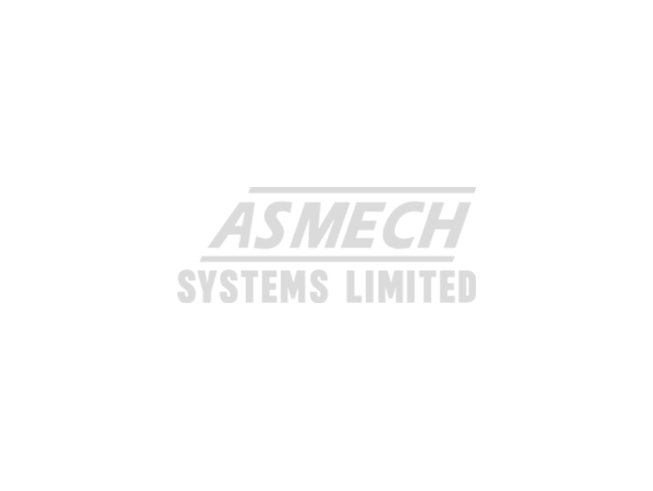“BRINGING THE POWER OF SUNLIGHT INDOORS”
THE UV SPECTRUM – UV-A, UV-B, and UV-C are all part of the ultraviolet light spectrum.
UV-A results in skin tanning and is used in medicine to treat certain skin disorders.
UV-B has a very high penetrating ability and results in sunburn. Prolonged exposure is responsible for some types of skin disease, skin ageing and cataracts.
UV-C has extremely low penetrating ability and is nearly completely absorbed by the outer, dead layer of skin where it does little harm.
UV Technology Limited make use of the bactericidal effect of UV-C light in the form of UV-C disinfection.
Ultraviolet light in the C spectrum (UV-C) is energy-rich light with a wavelength of 200 – 400 nanometres (nm).
UV-C light is very versatile and can be used for disinfecting water, destroying harmful micro-organisms in other liquids, on surfaces, on food products and in ‘air’.
With UV-C technology it is possible to destroy more than 99.99% of all pathogens within seconds. This method is inexpensive, highly efficient and reliable without using chemicals or generating harmful side effects.
The benefits of our UV-C disinfection systems are numerous, and include:
- Effective for all types of micro-organisms, including bacteria, viruses, fungi and protozoa
- No disinfection by-products (DBPs) formed
- Low capital and operating cost
- Easy to operate and maintain
- Safe and environmentally friendly
- HACCP compliance UV-C and how it works
- Microbiological Principles
Micro-organisms are microscopically small. They are everywhere and have an extremely high metabolism. For example, in hot and humid weather the number of moulds and bacteria increases exponentially.
Furthermore, micro-organisms produce mucus substances that are deposited on surfaces and can contaminate food and cause microbial decay of the products.
The cell nucleus of micro-organisms contains thymine, a chemical element of the DNA / RNA. This element absorbs UV-C light at a specific wavelength of 253.7 nm and changes to such an extent (formation of thymine dimers) that the cell is no longer capable of multiplying and surviving.
The Process:
- UV-C light at an optimal wavelength of 253.7nm penetrates the cell wall of the micro-organism
- The high energy photons of the UV-C light are absorbed by the cell proteins and DNA / RNA
- UV-C damages the protein structure causing metabolic disruption
- DNA is chemically altered so organisms can no longer replicate
- Organisms are unable to metabolise and replicate. They cannot cause disease or spoilage
This process has a lethal effect on all microorganisms such as bacteria, fungi, moulds, yeasts and viruses.
Germicidal UV has been used safely and effectively in industry, healthcare, institutions & commercial / domestic premises for more than 100 years.

History of UV-C
UV-C light in the form of germicidal lamps has been used since the late 1800’s to kill the types of microorganisms that typically cause indoor air quality (IAQ) problems – bacteria, mould, yeast and viruses.
Niels Ryberg Finsen (1860-1904) was the first to employ UV rays in treating disease. The Nobel Prize for Medicine was awarded to Finsen in 1903. He invented the Finsen curative lamp, which was used successfully through the 1950’s.
UV-C was used to disinfect the municipal water supply of Marseille, France, in 1908.
Westinghouse developed the first commercial UV-C germicidal lamps during the 1930’s which were used primarily in hospitals.
After World War II, UV-C was used for sterilising air in hospitals, meat storage and processing plants, beverage production, pharmaceutical plants and animal labs – anywhere microbiological contamination is a concern.
During the 1950’s UV-C was incorporated into air handling equipment. It became a major component in the control and eradication of tuberculosis (TB).
During the 1960’s, concern about microbes decreased with the introduction and increasing availability of new drugs and sterilising cleaners.
The energy crisis of the 1970’s sparked enthusiasm for conservation. To save energy; heating, ventilating, and air-conditioning (HVAC) systems were shut down when not in use. Condensation that had previously been evaporated by the constantly moving air, collected on coils and in the drain pan therefore mould and other microorganisms multiplied in this dark, wet environment. When the systems were re-started, microbial contaminants were circulated throughout the building.
However, recent technological advancements have made it possible for UV-C decontamination technology to be deployed in an ever-expanding field of applications.


